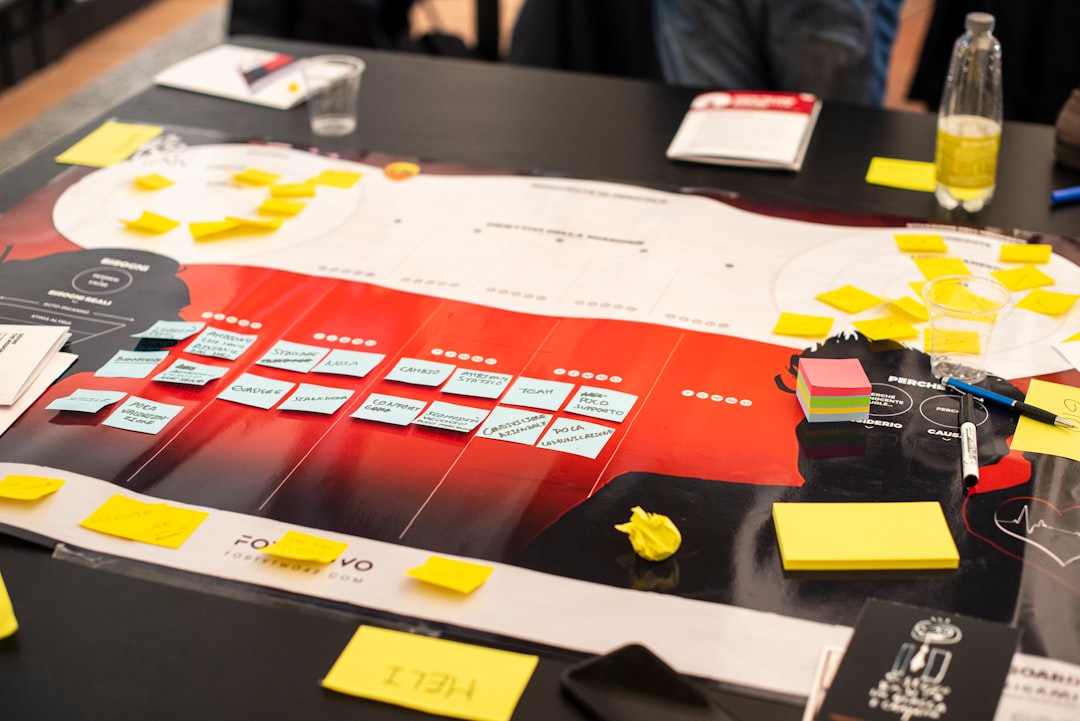Modern businesses thrive on productivity, speed, and collaboration. In the era of remote teams and digital workflows, being able to execute projects efficiently is more important than ever. One of the most transformative tools aiding this shift is task management systems. These platforms are not just glorified to-do lists—they are robust project orchestration hubs that help teams stay aligned, improve accountability, and boost project completion rates. In fact, recent studies show that teams using task management systems complete projects up to 33% faster and are far more likely to meet deadlines.
Contents
The Role of Task Management Systems in Project Success
Task management systems—like Asana, Trello, Monday.com, and ClickUp—provide centralized platforms for organizing work. Teams can break projects down into tasks, assign responsibilities, set deadlines, and track progress in real-time. This visibility and structure are critical in ensuring that no step is skipped and that everyone knows their role in the project’s success.

Here are several ways in which task management systems streamline workflows and elevate team performance:
1. Improved Team Coordination
In traditional environments, tasks and responsibilities are often communicated through emails, meetings, and scattered documents. This fragmented communication leads to duplicated work, missed steps, or forgotten tasks. A good task management system consolidates all this into a single source of truth.
- Everyone can see who is doing what at a glance.
- Deadlines and task dependencies are clear and well-defined.
- Project managers can easily reallocate resources or shift timelines based on actual progress.
This level of coordination ensures that teams move cohesively toward a shared goal, without the friction of miscommunication.
2. Greater Accountability
One of the most common contributors to project delays is a lack of ownership. In a spreadsheet or static project plan, it’s easy for tasks to fall through the cracks. Task management software solves this by making everything visible and assigned. Each task has an owner, a due date, and often an attached checklist or framework for completion.
This transparency facilitates better accountability while also encouraging team members to stay on top of their assignments. Studies have shown that simply assigning a task with a deadline and clear ownership increases the likelihood of it being completed on time.
3. Real-Time Progress Tracking
Teams often struggle to measure progress until the end stages of a project—but by then, it’s too late to course-correct. Task management systems allow for ongoing progress tracking, giving stakeholders the ability to spot potential issues early. Whether it’s a delayed milestone or tasks not being marked complete, managers can identify where interventions are needed before deadlines are compromised.
This predictive capability ensures projects stay on schedule and team momentum is maintained. More importantly, it allows for data-driven postmortem analysis that improves future project planning.

4. Enhanced Time Management
Busy teams are juggling multiple priorities. Without clear guidance on what needs attention and when, it’s easy to get distracted or misprioritize. Task management systems bring structure to daily and weekly workflows:
- Tasks can be sorted by urgency or priority.
- Calendar and timeline views help visualize workloads.
- Notifications and automated reminders minimize forgotten obligations.
When teams know exactly what they need to do each day, they can focus better and execute more efficiently—shaving unnecessary hours off every phase of a project.
Real-World Impact: The 33% Efficiency Boost
The claim of teams completing projects 33% faster isn’t just marketing hype—it’s rooted in observable outcomes from companies that have adopted structured task management. Let’s break down why this sizable gain is achievable:
- Fewer delays from miscommunication: With one platform for updates and instructions, less time is wasted clarifying direction or correcting mistakes.
- Quicker adaptation to change: If priorities shift, reassigning tasks or rearranging timelines can be done instantly across the entire team.
- Streamlined reporting: Progress reports, Gantt charts, and time tracking capabilities eliminate the hours teams spend creating status updates manually.
When the overhead of managing a project is reduced, more energy can go into actual execution. Even small time savings per task can compound rapidly across multiple departments and active projects.
Staying on Deadline: A Competitive Advantage
In industries where time-to-market or client delivery dates are critical, being late isn’t a minor inconvenience—it’s a brand reputation issue. Task management systems help businesses reliably hit their deadlines through:
- Structured Workflows: Built-in templates and repeatable task structures ensure that no critical step is missed.
- Deadline Enforcement: Custom alerts and milestone tracking make it easier to spot slippage before it becomes a problem.
- Cross-functional Visibility: Different departments can coordinate simultaneously, avoiding bottlenecks caused by interdependencies.
The cumulative result? Projects delivered on time, clients that remain satisfied, and a team that gains confidence from executing well-thought-out plans with precision.
Integrations and Customization: Fitting the Tool to the Team
Modern task management platforms are not one-size-fits-all. They are highly customizable and integrate with calendars, communication tools (like Slack, Teams), file-sharing systems (Google Drive, Dropbox), and software development tools (GitHub, Jira). These integrations create a seamless digital ecosystem where work flows naturally between platforms, reducing the need for context switching or duplicate data entry.
Moreover, customization options like color tagging, role-specific dashboards, and workload overviews mean each team member interacts with the tool in a way that aligns with their specific responsibilities.
Common Features That Drive Efficiency
To better understand how task management systems catalyze faster project completions, let’s spotlight the features that most contribute to team productivity:
- Kanban Boards: Allow teams to visualize workflows and prioritize tasks easily.
- Timeline or Gantt Views: Offer visual aids for planning and identifying dependencies.
- Comments and Mentions: Centralize communication on each task, removing the need for email back-and-forths.
- Automation Rules: Reduce repetitive admin tasks like updating statuses or assigning follow-ups.
- Mobile Access: Ensure teams can work and update progress from anywhere.
Used together, these features create an environment where staying productive and on schedule is the default—not the exception.

Final Thoughts
In today’s fast-paced business landscape, efficiency isn’t optional—it’s essential. Task management systems empower teams by giving them the tools, visibility, and structure needed to execute projects effectively. The 33% gain in speed isn’t just about working faster—it’s about working smarter, with clarity, coordination, and confidence.
As more organizations make the shift toward digital project management, there’s a clear competitive advantage for those who embrace these tools early. Whether you’re a startup trying to scale or a large enterprise managing dozens of ongoing projects, investing in a robust task management system could be the key that keeps your team on time and ahead of the competition.




